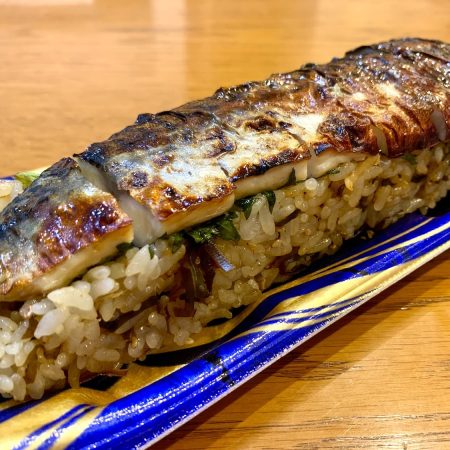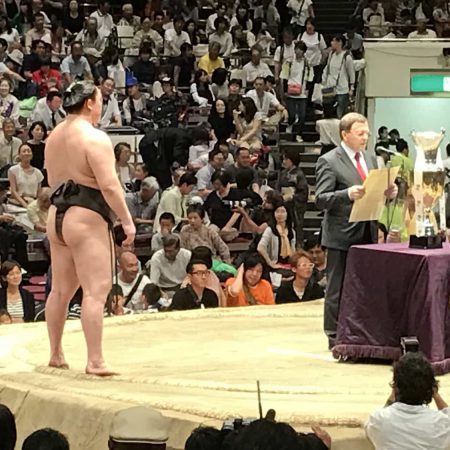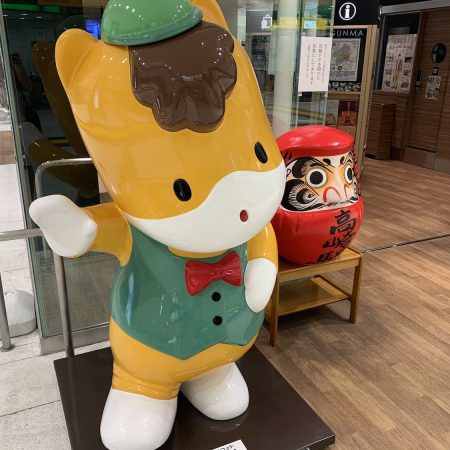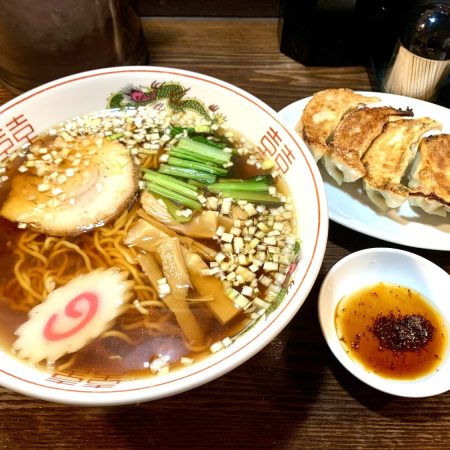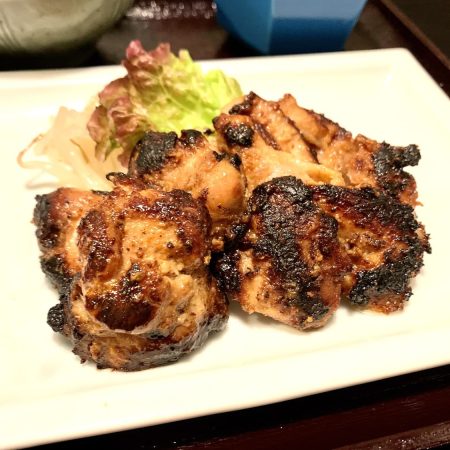Winning Isn’t Everything: Proper Technique and Attitude in Japanese Culture
Western culture places a high value on results. Achieving one’s objectives is very important. How you achieve the results is often less important than the fact you succeeded. Japanese also believe results are important, but how you achieve the results is even more important! Japanese culture places a high value on proper technique and attitude. To succeed by taking a wrong path is shameful.
The names of many Japanese arts and activities include the kanji for doh, which means “path” or “way.” Cha-doh is translated as “tea ceremony,” but it is much more than this. To be a true tea master, you must follow the proper path. You must learn the proper technique and attitude. To be a proper warrior (bushi) you must learn the warrior’s way (bushi-doh). To be truly accomplished with a sword (ken), a swordsman must follow the way of the sword (ken-doh). In traditional Japanese thinking, getting on the proper path requires rigorous training of one’s mind and body. It requires one to follow a long and difficult path. There is no shortcut. We will not find a map of the path in a book or on the internet.
In what follows, Japan’s cultural emphasis on technique and attitude will be illustrated in such traditional Japanese art forms and activities as geisha and sumo. While these are very different activities, it could be argued that they all lead to the same destination. Each path emphasizes the attitudes and techniques that define the Japanese concept of ideal behavior. These attitudes and techniques are specific applications of the general principles of etiquette which stresses attaining harmony (wa) through right behavior. Right behavior results from proper attitude and technique. The search for right behavior can also be found in many contemporary activities that are not normally associated with traditional culture.
The life of a Japanese geisha can be described as one of sacrifice, dedication, and hard work. The geisha must master many art forms including proper wearing of the kimono, makeup, pouring sake, playing traditional musical instruments, and special conversational style. One must go through a long period of training in order to be called a true geisha. One must live in a “geisha community house” with a “mother” who receives all the wages from performances. Repetition of traditional tasks is required to acquire the appropriate techniques and attitudes of geisha. One becomes an “accomplished person” only after perfecting the geisha arts and acquiring the attitude of a geisha.
The basic rules of Japanese sumo, the national sport of Japan, are fairly easy for outsiders to understand. Acquiring the skills necessary to be a sumo wrestler, however, is very difficult. To learn the “way of the gods” requires dedication and hard work. You can describe sumo as a traditional wrestling contest of strength and skill which is closely associated with Shinto, the traditional Japanese religion. A sumo wrestler starts off by enrolling in a “beya” after passing an exam. Sumo wrestlers are given new names in kanji. They must go through rigorous training in order to acquire higher rank. The training emphasizes learning proper techniques from an older wrestler and obeying one’s superiors.
There are common elements in all the Japanese arts, customs, and activities. Among the common elements is the emphasis on proper technique and attitude. To be a master in any activity requires proper techniques and proper attitude. With hard work and patience, one may also have a good result.




